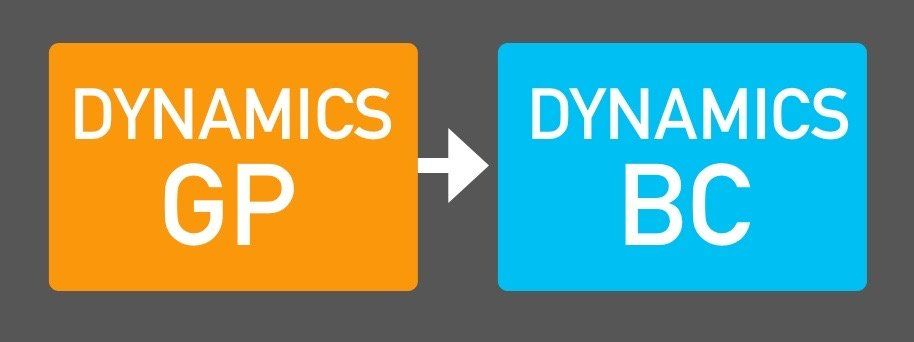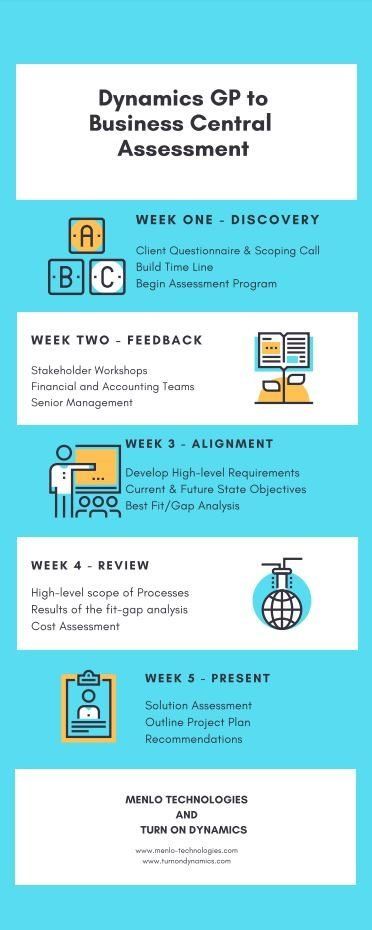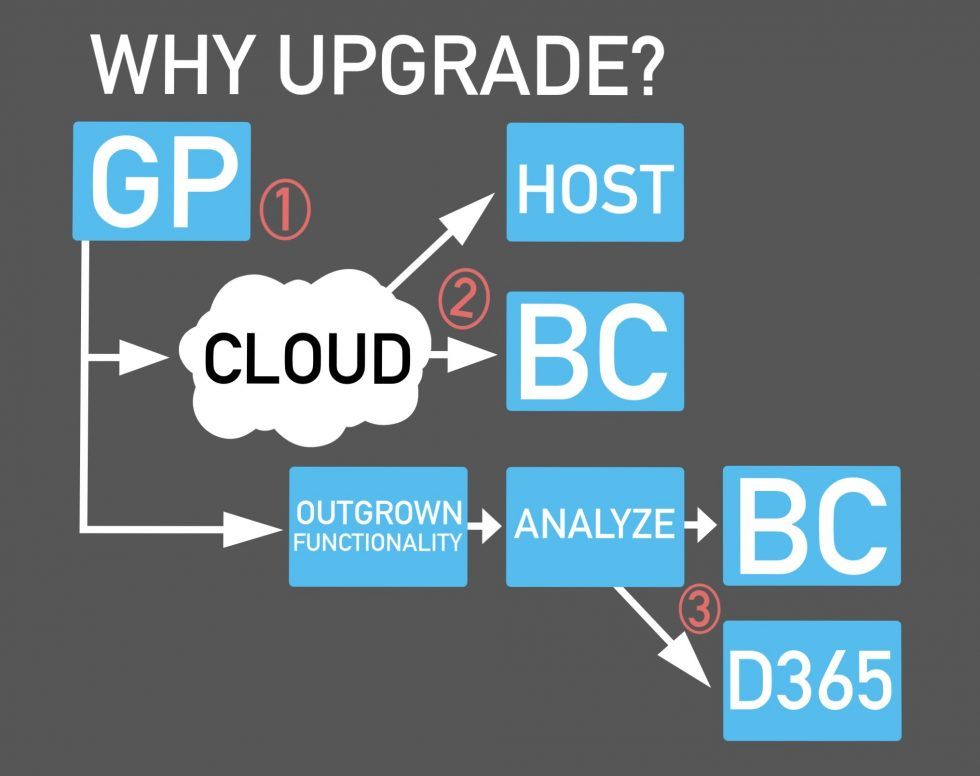Peter Joeckel, with more than thirty years in the ERP business helping companies select and implement software solutions, is in a unique position to offer alternative solutions for “tried and failed” ERP software selection and implementation strategies. Whether you’re in the middle of a challenged implementation or just beginning to research available resources, contact Peter and the TurnOnDynamics team today.
The Case for Rapid ERP Implementation Plans
Reduce the risk of the inevitable, a challenged or failed ERP implementation by eliminating paralysis by analysis.
The seeds for a failed ERP implementation are normally sown in the sales process with ridiculously antiquated processes like the request for proposal (RFP) and the structured product demo, which is usually a complete comedy of errors.
The road to nowhere really picks up speed, ironically, due to the power and flexibility of modern ERP platforms like Dynamics D365E.
The worst-case scenario of having a vanilla ERP platform processing critical business transactions is having a vanilla ERP platform processing critical business transactions!
Savvy salespeople and billable-hours hungry development partners pitch the “blank slate” project process. Before long, every minor whim is thrown into the project plan chocking key requirements with one-upmanship and navel gazing, which ends up creating the biggest list of critical “must haves.”
True story.
Engaged on a project to discover why a monstrously large company was having trouble going live on AX, we reviewed customizations that were running about $500k per month.
Lo and behold, the customizations included a complete replica of the character-based legacy system UI.
For anyone confused by that last sentence imagine selling someone a Ferrari and then insisting that instead of wheels we design it to run like a horse with retrofitted mechanical legs. Of course it has to have a fancy saddle…so no expense is spared.
We see the following bad processes in project after project:
- Projects sold with the promise of doing anything
- Partners driven by billable development projects
- Endless requirement wishes
- The “we are special” mentality of key executives
Combined with a lack of great consistent resources available to drive and deliver major ERP projects what do you get? Universal success in completing projects on time and under budget.
Sorry, fell asleep there for a moment and visited La La Land.
Let’s look at a completely different implementation approach—the highly structured, rapid implementation plan.
But let’s not confuse what we are about to suggest with your classic “rapid implementation” packages that are highly confined in scope, low in deliverables, and high in legalese, looking to expand the scope of the project with endless change orders.
What I am suggesting is a customized rapid implementation plan focused on delivering critical business functionality using only vanilla software ASAP. Rather than an endless wish list of “nice-to-have” functionality and business processes, let’s focus on the key requirements to run the business in a lean, stripped down vanilla environment.
If you can’t simplify existing complex processes, it may be that you don’t understand business well enough, or have a broad understanding of standard best practices.
Once a system is up and running and processing critical business transactions we can take a step back and analyze how our ERP platform can be transformed into an competitive advantage rather than simply a record keeping system.
Making changes to a system that is processing critical business functions at this point has the following advantages:
- There is a knowledge of the capabilities of the ERP platform that cannot be gained in a fundamentally flawed demo process.
- The implementation of a vanilla system forces companies to look at business processes that have developed over time that are sub-optimal but deemed to be critical from a standpoint of “company culture.”
- The project team has a better understanding of relative skill levels and how to best leverage those skill sets.
- The “list” of what is critical versus “nice to have” comes into sharp focus and is much smaller.
The worst-case scenario of having a vanilla ERP platform processing critical business transactions is having a vanilla ERP platform processing critical business transactions! This is a dramatically better result than having the perfectly designed system that is over-budget, overdue that will possibly result in complete failure.
The key, of course, is having the right team to properly execute such an implementation.
For further information on how your ERP project can benefit from non-traditional project thinking to eliminate challenged or failed projects, contact us now. If your project is suffering cost overruns or project delays, call us yesterday.
ABOUT THE AUTHOR










